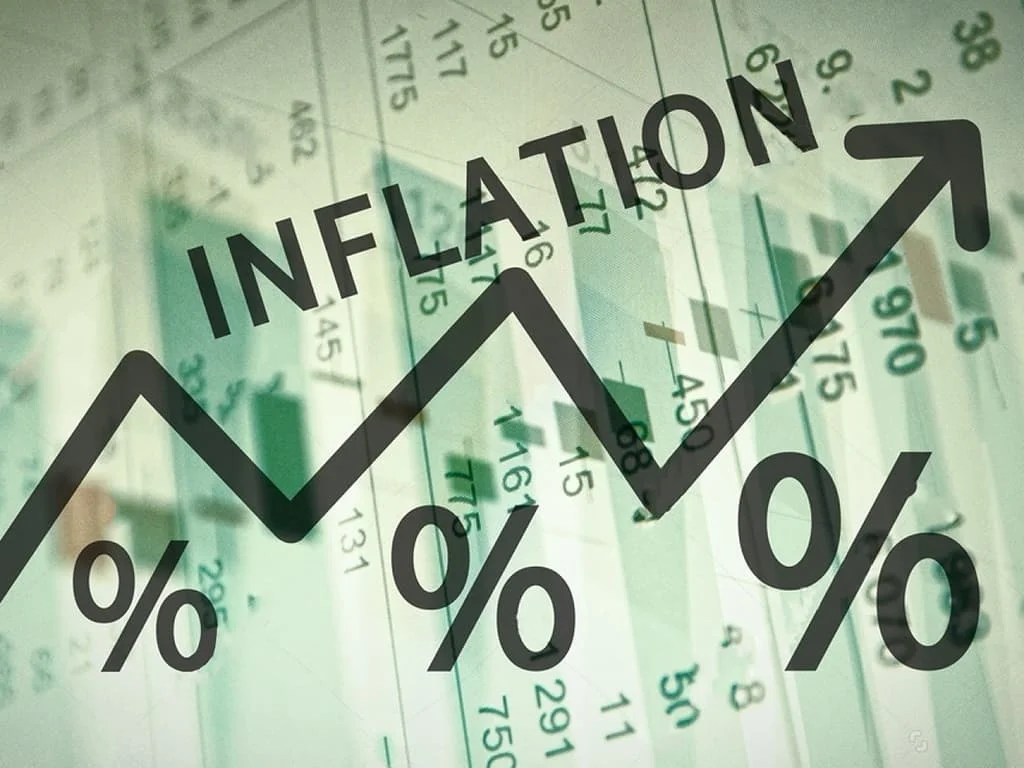As we embark on a new week, two significant economic developments are on the horizon, capturing the attention of investors, economists, and the general public alike. The Federal Reserve’s preferred inflation gauge and Nike’s latest earnings report are set to be released, each with potential implications for the broader economic landscape.
Understanding the Fed’s Preferred Inflation Gauge
At the heart of the Federal Reserve’s monetary policy decisions lies its preferred inflation gauge, known formally as the Personal Consumption Expenditures (PCE) Price Index. Unlike the more commonly referenced Consumer Price Index (CPI), the PCE Price Index offers a broader view of the inflation landscape by including a wider range of expenditures.
This week, the release of the PCE Price Index will provide critical insights into the current inflationary pressures facing the U.S. economy. The Fed uses this data to guide its interest rate decisions, with a key focus on maintaining price stability and supporting economic growth. In the context of recent inflationary trends, this update is particularly crucial. Investors and analysts will be closely watching for signs of either an easing or intensification of inflationary pressures, which will influence expectations for future Fed actions.
Nike Earnings: A Bellwether for Retail and Consumer Sentiment
Nike, the global sportswear giant, is also set to report its quarterly earnings this week. As a leading player in the retail sector, Nike’s financial performance is often viewed as a bellwether for broader consumer spending trends and retail health.
The earnings report will be dissected for insights into consumer behavior, supply chain dynamics, and overall retail sector resilience in the face of economic challenges such as inflation and potential shifts in consumer spending patterns. Nike’s international presence also means that its earnings provide a glimpse into global economic conditions, including the impact of geopolitical tensions and currency fluctuations.
Market Reactions and Broader Implications
The market’s reaction to these two key developments will be telling. Positive signals from the PCE Price Index could suggest that the Fed’s measures to control inflation are bearing fruit, potentially leading to a more optimistic economic outlook. Conversely, higher-than-expected inflation figures may fuel concerns about prolonged monetary tightening.
Similarly, Nike’s earnings could either reinforce confidence in the strength of the consumer sector or raise alarms about weakening demand and operational challenges. The company’s forward-looking statements and guidance will be particularly scrutinized for indications of what lies ahead for the retail industry.
Conclusion
As we await these critical updates, it is important to remember that they are not just indicators of current economic conditions but also predictors of future trends. Both the Fed’s inflation gauge and Nike’s earnings have the power to shape market sentiments, influence policy decisions, and ultimately, impact the day-to-day financial decisions of businesses and consumers alike. Stay tuned for a potentially illuminating week in the world of economics and finance.Key Economic Insights This Week: Decoding the Fed’s Inflation Index and Nike’s Financial Results








